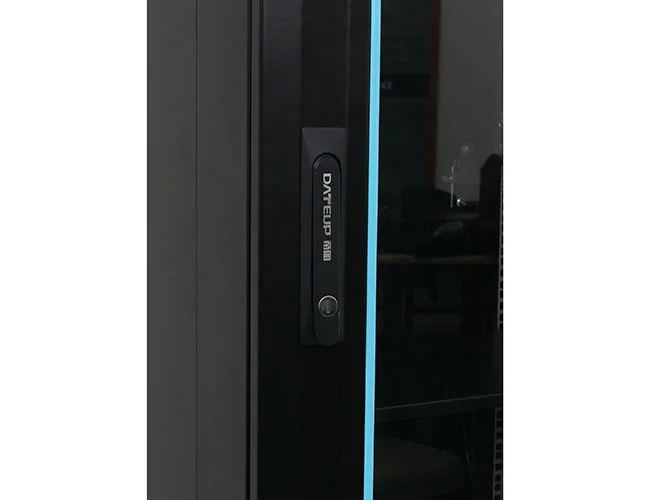News
Site Editor
 Site
https://leonetworkgroup.usa18.wondercdn.com/uploads/image/5fe152faa587d.png
Fiber optic cables are the backbone of modern telecommunication systems. They provide fast and reliable connections for high-speed internet, television, and telephone services. However, as with any technology, fiber optic cables can degrade over time due to various factors such as cable bending, kinks, or breaks. This degradation leads to signal loss, which can negatively impact data transmission.
Site
https://leonetworkgroup.usa18.wondercdn.com/uploads/image/5fe152faa587d.png
Fiber optic cables are the backbone of modern telecommunication systems. They provide fast and reliable connections for high-speed internet, television, and telephone services. However, as with any technology, fiber optic cables can degrade over time due to various factors such as cable bending, kinks, or breaks. This degradation leads to signal loss, which can negatively impact data transmission.
How To Test Fiber Optic Cable For Loss
Views: 445
Author: Site Editor
Publish Time: 2023-07-13
Origin: Site
Fiber optic cables are the backbone of modern telecommunication systems. They provide fast and reliable connections for high-speed internet, television, and telephone services. However, as with any technology, fiber optic cables can degrade over time due to various factors such as cable bending, kinks, or breaks. This degradation leads to signal loss, which can negatively impact data transmission. Therefore, it is crucial to test fiber optic cables regularly to ensure optimum performance.
Here are some methods for testing fiber optic cables for loss:
Visual Inspection:
Before any testing can occur, a visual inspection of the cable’s exterior is needed. Check for any signs of physical damage, including cracks, kinks, or bends. These issues can cause significant signal loss. Also, check the connector ends for any debris or damage. Dirt, dust, and oil on the connectors can create signal attenuation and prevent a secure optical connection between the two devices.
OTDR (Optical Time-Domain Reflectometry):
OTDR is an essential tool used to test fiber optic cables for loss. It works by sending a light pulse into the cable, and then measuring the reflected light signal at specific intervals. The OTDR then analyzes the results to provide information about the cable’s properties. This method is ideal for testing over long distances and can pinpoint faults and breaks as well.
Optical Power Meter and Light Source:
The optical power meter and light source are two separate devices used together to test fiber optic cables for loss. The power meter measures the optical power transmitted through the cable, while the light source emits an optical signal into the cable. This method is ideal for testing short distances and can verify the cable's length accurately.
Insertion Loss Testing:
Insertion loss testing is a critical method used to estimate signal attenuation along the cable. It involves inserting a known light signal into the cable and measuring the signal's power loss between two points. This method is ideal for testing single-mode fibers and can verify the cable's attenuation levels.
Conclusion:
Testing fiber optic cables for loss is vital to ensure optimum performance and signal quality. It should be done regularly to maintain signal integrity and prevent costly downtime. There are many methods available to test fiber optic cables; however, the best method depends on the type of cable and the level of accuracy required. It is essential to understand the various testing methods and choose the one that best suits the task at hand.
If you want to know more about industrial network cabinet,china fiber optic splice closure,china fiber optic distribution box,please consult the fiber optic splice closure factory









